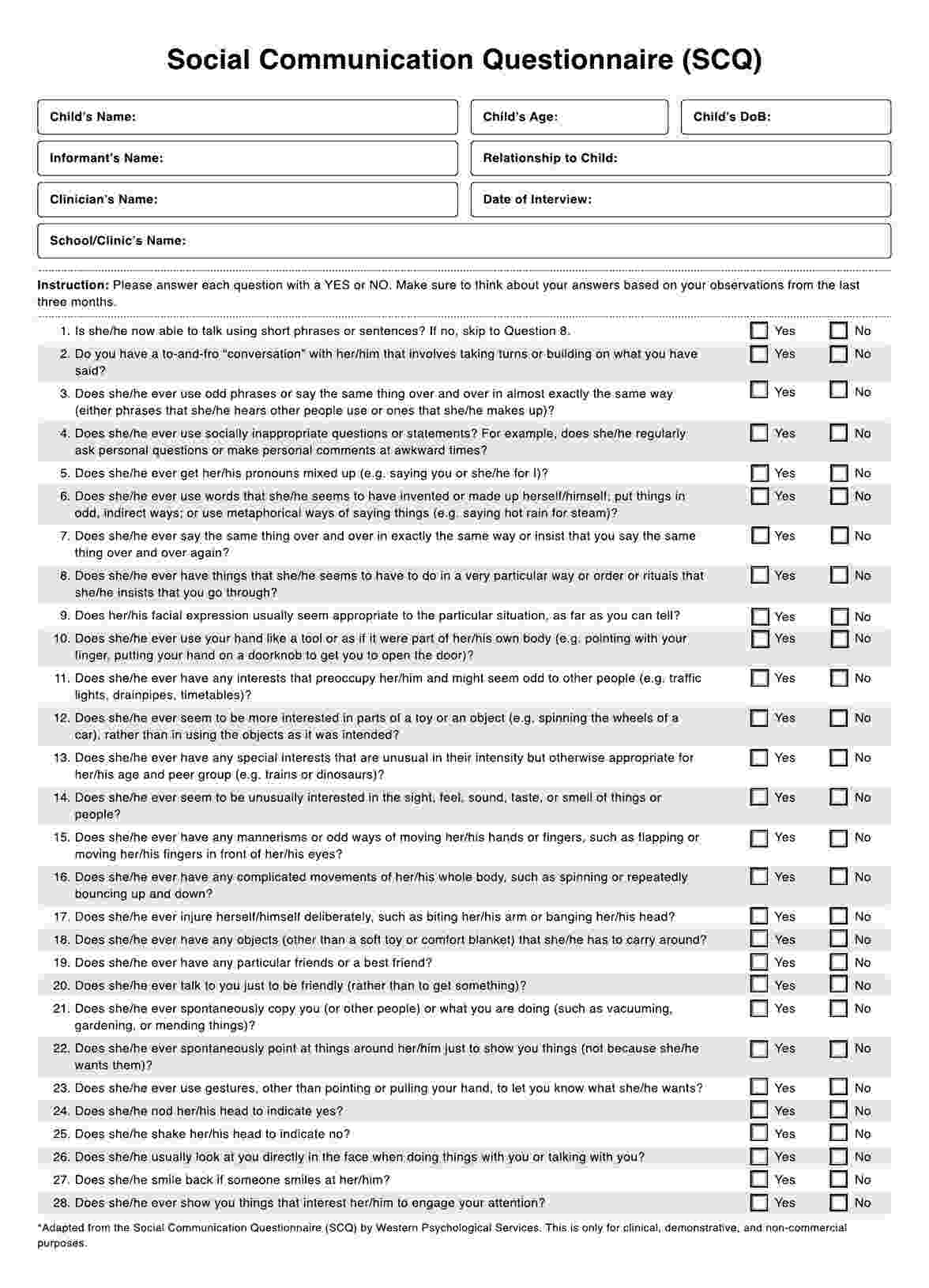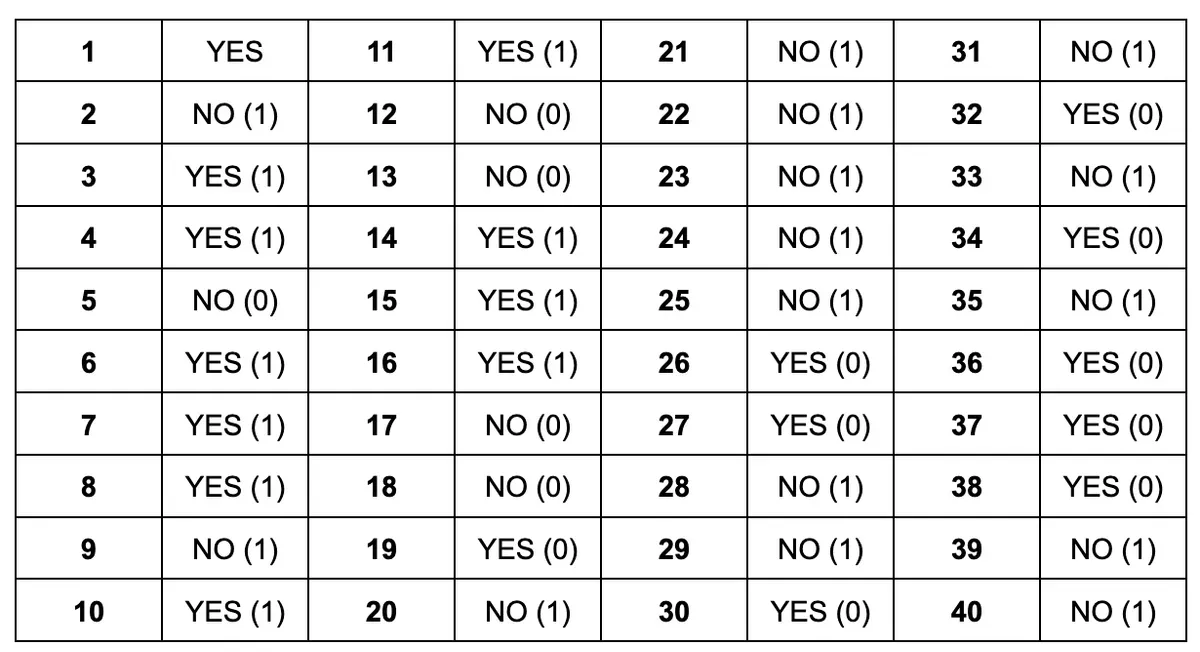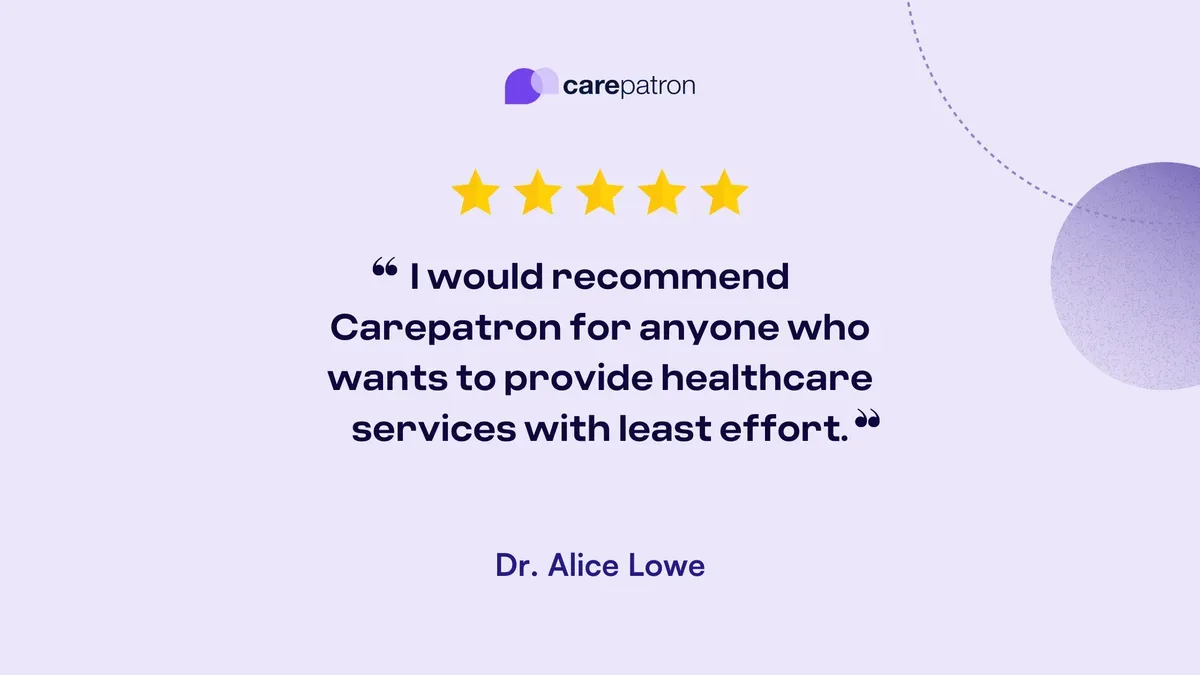What is the Social Communication Questionnaire (SCQ)?
The Social Communication Questionnaire, or SCQ for short, was designed to serve healthcare professionals as a screening tool. It specifically screens potential symptoms of Autism Spectrum Disorder (ADS) in patients suspected of having them. It does so by assessing a person's communication and social skills, zooming into specifics like language (if they makeup language or not), eye contact when conversing with a person, and unusual gestures.
The questionnaire has forty items, all of which can be answered with a simple 'Yes' or 'No'. Here are some of the questions that will be asked:
- Are they now able to talk using short phrases or sentences?
- Do they ever get their pronouns mixed up?
- Do they have any mannerisms or odd ways of moving their hands or fingers, such as flapping or moving their fingers in front of their eyes?
- Do they ever injure themself deliberately, such as biting their arms or banging their heads?
- Do they have any objects (other than a soft toy or comfort blanket) to carry around?
- Do they nod their head to indicate yes?
- Do they shake their head to indicate no?
- Do they show a normal range of facial expressions?














